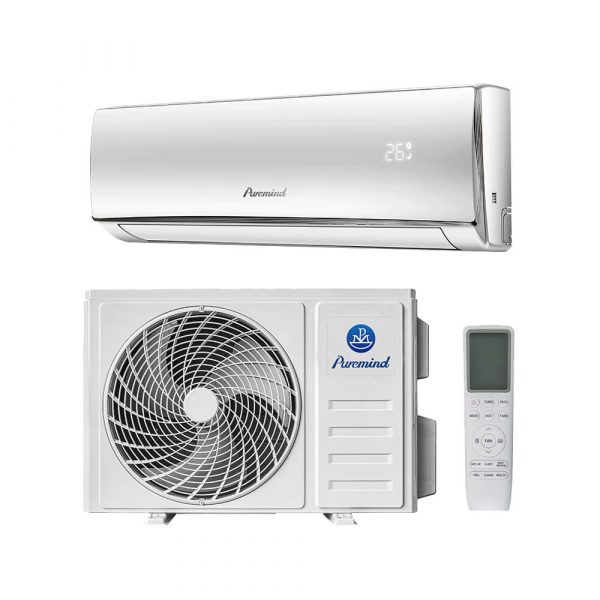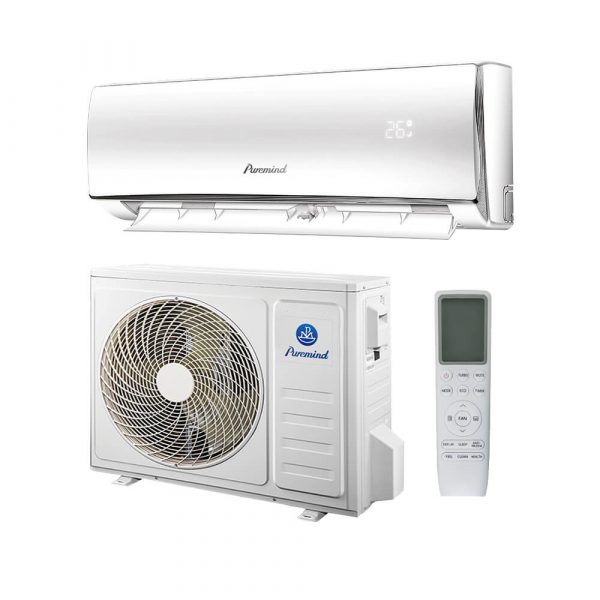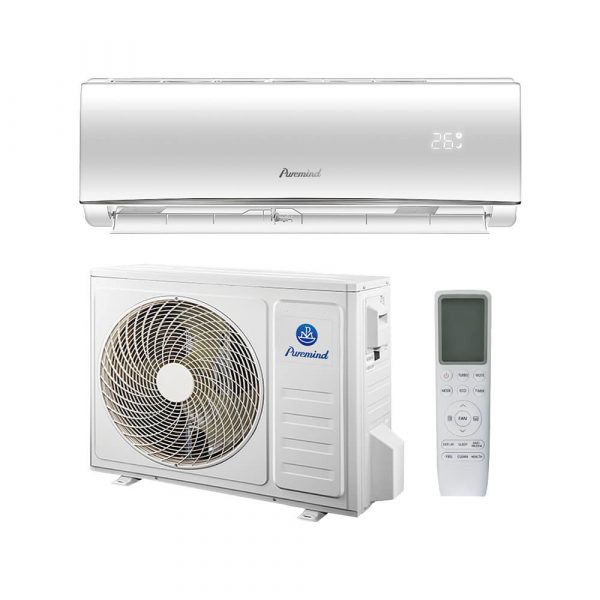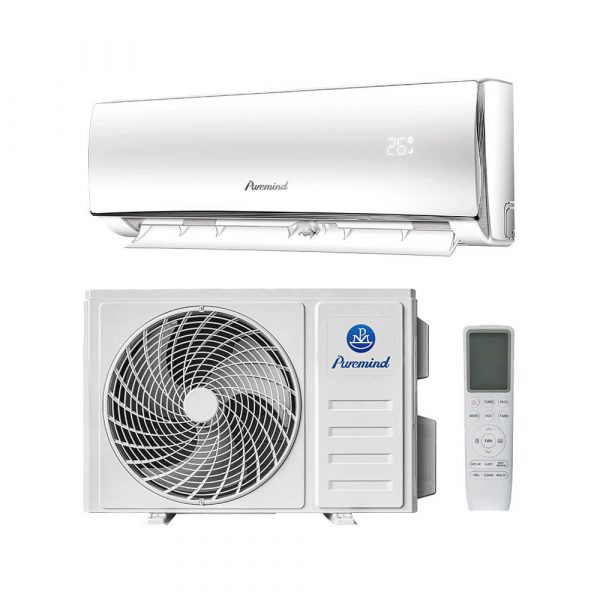Split Air Conditioners: The Complete Guide for HVAC Distributors
The global HVAC industry is rapidly shifting toward energy-efficient and flexible cooling solutions. Among the leading options are split air conditioners. For wholesalers, suppliers, and distributors, understanding these systems is vital to meeting contractor and customer demand. This guide explores what split ACs are, how they work, their benefits, challenges, and why they present a major growth opportunity in today’s HVAC market.
What Are Split Air Conditioners?
Split air conditioners are systems that divide the cooling process into two units: an indoor evaporator and an outdoor condenser. The two units are connected by refrigerant lines and electrical wiring. Unlike window AC units, split systems are more energy-efficient, quieter, and capable of cooling multiple spaces. Their versatility makes them a popular choice for residential, commercial, and light industrial applications.
How Do Split Air Conditioners Work?
The operation of split air conditioners is based on the refrigeration cycle:
- Indoor Unit: Absorbs heat from the room air through the evaporator coil.
- Refrigerant Flow: Transfers heat to the outdoor unit via copper piping.
- Outdoor Unit: Releases absorbed heat into the outside environment.
- Air Circulation: Fans distribute cooled air back indoors.
Types of Split Air Conditioners
Distributors should know the variations of split ACs to serve diverse customer needs:
- Mini Splits: Ductless systems designed for small spaces and energy-conscious consumers.
- Multi-Zone Splits: Allow multiple indoor units to connect to one outdoor unit.
- Central Split Systems: Suitable for larger homes and office buildings with ductwork.
- Heat Pump Splits: Provide both heating and cooling for year-round use.
Advantages of Split Air Conditioners
Why should distributors invest in stocking split air conditioners? Here are the benefits:
- Energy Efficiency: High SEER ratings reduce electricity bills.
- Quiet Operation: Compressors are located outside the living space.
- Flexible Installation: Can be installed in rooms without ductwork.
- Scalability: Multi-zone systems make them suitable for various applications.
- Improved Air Quality: Advanced filters remove dust and allergens.
Market Demand for Split Air Conditioners
Demand for split air conditioners continues to rise due to increased energy costs and global warming. According to Buildings.com, commercial property managers are increasingly adopting split ACs because of their efficiency and adaptability in modern building designs. This trend creates significant opportunities for wholesalers and suppliers.
Why Distributors Should Stock Split Air Conditioners
For HVAC distributors, stocking split systems is not optional—it’s a necessity. Key reasons include:
- Growing Popularity: Consumers and businesses recognize the long-term benefits of split ACs.
- Higher Profit Margins: Wholesale pricing provides room for strong markups.
- Broad Applications: From single-room use to multi-story buildings.
- Contractor Loyalty: Reliable access to split systems builds long-term partnerships.
Split Systems in Residential and Commercial Applications
Residential customers appreciate the compact, ductless design of mini splits, while commercial buyers prefer multi-zone and central splits for large-scale cooling. Stocking different types of split air conditioners allows distributors to serve both markets effectively.
Challenges for Distributors
Despite their advantages, split systems also present challenges:
- Intense Competition: Global brands like Mitsubishi, Daikin, and Gree dominate the market.
- Training Needs: Contractors may require education on advanced inverter systems.
- Inventory Management: Stocking multiple capacities requires efficient warehousing.
- Upfront Cost Concerns: Customers may focus on price instead of long-term savings.
Strategies to Boost Split AC Sales
Distributors can improve outcomes with these strategies:
- Promote Efficiency: Highlight cost savings from high-SEER models.
- Support Contractors: Provide technical training and marketing assistance.
- Expand Digital Sales: Platforms like Puremind make procurement seamless for buyers.
- Diversify Offerings: Stock residential, commercial, and hybrid systems.
Future Trends in Split Air Conditioners
The split AC market is evolving quickly. Distributors should watch for:
- Smart Controls: Wi-Fi and app-enabled systems becoming standard.
- Eco-Friendly Refrigerants: Shift to R-32 and other low-GWP alternatives.
- Hybrid Integration: Pairing split systems with renewable energy sources.
- Government Incentives: Rebates for energy-efficient systems fueling growth.
Case Study: Distributor Success with Split Systems
A wholesaler in Texas expanded its product catalog with split air conditioners. Within one year, sales increased by 32% as contractors and property managers sought efficient alternatives. This demonstrates how stocking split systems can drive business growth.
Tips for HVAC Wholesalers and Suppliers
To succeed with split air conditioners, wholesalers should:
- Maintain a balanced inventory of mini splits, multi-zone, and central splits.
- Offer seasonal promotions to encourage bulk contractor purchases.
- Educate teams to explain technical benefits to clients.
- Track emerging refrigerant and smart tech trends to remain competitive.
Conclusion
For HVAC wholesalers, suppliers, and distributors, split air conditioners are essential to a modern product portfolio. Their energy efficiency, wide application, and rising popularity make them a must-stock item. By focusing on digital sales, contractor education, and eco-friendly technologies, distributors can secure long-term growth and leadership in the HVAC industry.







